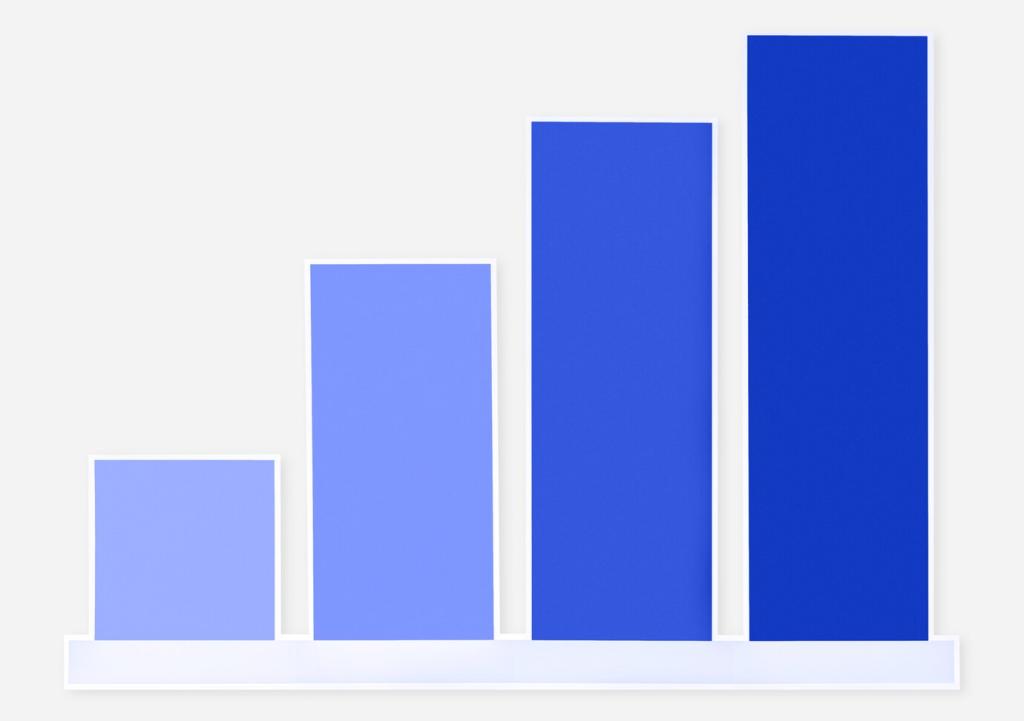Cycles, Shocks, and Resilience
Beyond textbooks, cycles look like hiring sprees, cautious budgets, and then renewed investment. After 2008, credit healed slowly as households deleveraged. Following 2020, demand snapped back unevenly. Tracking inventories, wages, and capex plans reveals where the next bend in the road may appear.
Cycles, Shocks, and Resilience
Demand shocks feel like full restaurants and backordered goods; supply shocks feel like empty shelves and sudden surcharges. During an energy spike, a bakery we interviewed shifted delivery schedules and recipes. Price tells the tale, but adaptation writes the chapter that matters.







